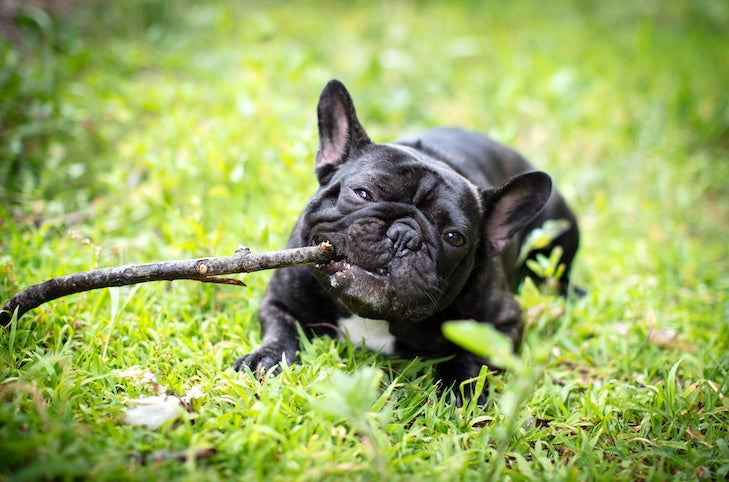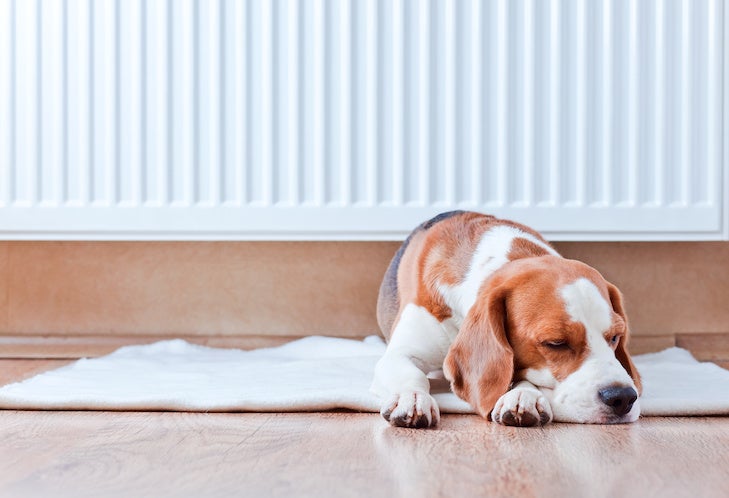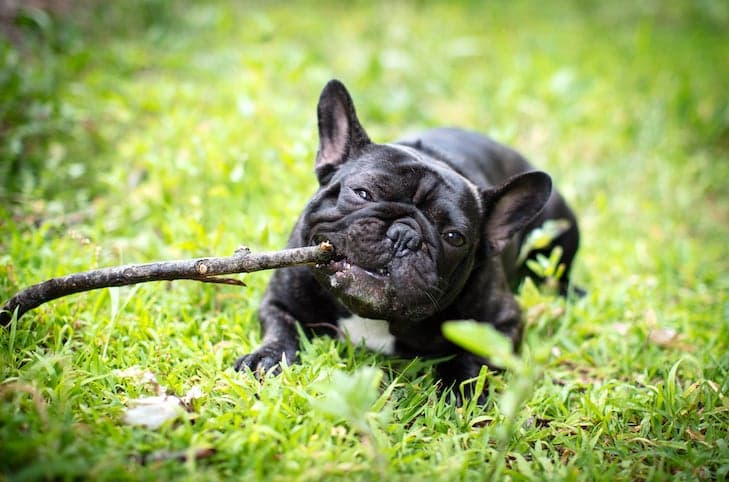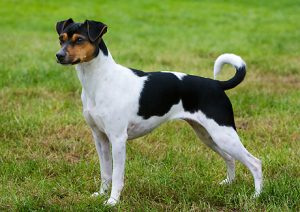I first heard about Giardia in dogs when I was living in the Caribbean. Giardia was very common on the island where we were staying, and as I was researching what I needed to do to protect myself against the dangerous parasite I discovered that my dogs were also at risk.
After speaking with my vet, I realized that Giardia was not limited to foreign countries. The parasite is found all over the world, including in the U.S., but my vet told me not to panic. Luckily, there are many things dog owners can do to prevent their dogs from becoming infected with this unpleasant parasite. Here are the facts about Giardia in dogs you need to know to keep your dogs safe.
What Is Giardia?
Giardia is a single-celled parasite that inhabits the intestines of mammals, birds, and amphibians. There are several different “assemblages” of Giardia, which is the scientific term used to describe the many subspecies of Giardia. Each assemblage targets a specific group of animals, but all Giardia assemblages have the same life cycle and mode of transmission.
The lifecycle of Giardia is composed of two stages. The mature parasites, or trophozoites, live in the small intestine where they multiply and eventually become cysts. Cysts are the infective stage and are shed into the feces of the infected animal. They can survive for several weeks in the environment as cysts, and when they are ingested by an unsuspecting host, they turn into trophozoites and repeat the life cycle.
How Is Giardia in Dogs Spread?
Giardia has to be ingested by your dog in order for him to get the parasite. Your dog can get Giardia by drinking water that has been contaminated by feces or by eating something that has been contaminated by feces, like grass. Since dogs love to put things in their mouths, this means that there are plenty of ways your dog can pick up the parasite in his environment, whether it is by chewing on a stick, eating poop, or drinking from a puddle.
Once the parasite is in your dog’s intestines, your dog can spread the parasite, even if he doesn’t show any signs of infection. This is worrisome, especially if you have more than one pet in your household. While transmission from dogs to cats and cats to dogs is unlikely, the transmission from dog to dog is certainly a cause for concern. If one of your pets is diagnosed with Giardia, talk to your vet about the precautions you need to take to protect your other pets.

What Does Giardia in Dogs Do?
Giardia in dogs does not always cause problems, but when it does it is highly unpleasant. Giardiasis is the term for the disease caused by the infection, and, as in humans, the most common symptom is diarrhea.
The parasite inhibits your dog’s ability to properly absorb nutrients, water, and electrolytes, which leads to diarrhea and weight loss. The diarrhea can be intermittent or continual, especially in puppies, and failure to diagnose and treat the disease can lead to severe weight loss and even death in extreme cases. The disease is particularly dangerous for puppies, senior dogs, and dogs with compromised immune systems.
Symptoms of Giardia in Dogs
The best way to determine whether your dog has Giardia or another condition is to call your vet. However, there are several symptoms of Giardia in dogs that dog owners should be aware of. These symptoms include:
- Diarrhea
- Weight loss
- Failure to gain weight
- Vomiting
- Dehydration
- Poor coat appearance
Treatment for Giardia in Dogs
If you notice that your dog is having diarrhea, call your vet. Your vet will probably conduct several diagnostic tests to determine if your dog has Giardia, and depending on the severity of the case she will discuss a treatment plan tailored to your dog’s needs.

Preventing Giardia in Dogs
An ounce of prevention is worth a pound of cure, the saying goes, and this is certainly true of Giardia. While we can’t always control every aspect of our dog’s environment, there are some things owners can do to prevent Giardia in dogs.
The most important thing is making sure your dog has access to fresh, clean water at all times in a bowl off the ground. This will reduce the chances of dogs lapping up water from infected puddles and is also vital for your dog’s general health. If you live in a place where Giardia is present in the tap water, purchase a filter that is proven to remove Giardia cysts from the water or boil your dog’s water. Boiling water will kill the cysts, but remember to let it cool before offering it to your dog!
The other important preventative action you can take is paying attention to general hygiene. Pick up after your dog as soon as possible. This will prevent the cysts from entering the environment and will also make your yard a healthier place for dogs and people.
You can also take care not to bring your dog to places where there are large amounts of dog feces, as this will limit the possibility of exposure. Boarding and training facilities that take the necessary steps to clean and disinfect runs and yards are less likely to have Giardia, along with a number of other unpleasant diseases.
Is Giardia Contagious to Humans?
Nobody wants to get Giardiasis. Luckily, the odds of humans being infected with Giardia from dogs is relatively low, although it can happen. Washing your hands after handling dog poop will reduce the already low risk even further and is also a good idea in general.
Giardia in humans is commonly transmitted through drinking water, not by our pets. Avoid drinking contaminated water, especially while traveling, and consider buying a water filter if your water source is known to contain the parasite. Giardia can also be present on food and in soil, so wash all produce before eating and wash your hands after working with dirt.
Giardia is a highly unpleasant parasite that your dog’s monthly flea, tick, and heartworm preventatives do not protect her from. Thankfully, there are steps you can take to help prevent Giardia in dogs. For more information about this disease, talk to your vet.







